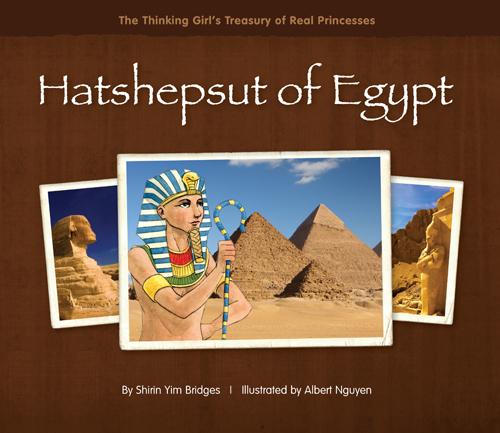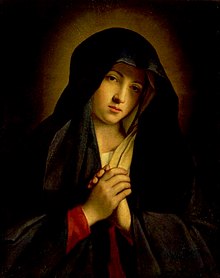Today we are starting our exploration of Egypt. Since there are so many wonderful resources out there, we will be sharing our adventures over several posts. The first recipe we tried was for a date cake. The recipe came from A World of Recipes Series book called Egypt by Sue Townsend and Caroline Young.
Dates are plentiful in Egypt, so they are used often in Egyptian cooking.
| Source: Phillip Martin |
11 oz fresh dates
5 oz blanched almonds
4 oz soft brown sugar
1 orange
4 eggs, separated
1/4 cup granulated sugar
1/2 tsp ground cardamom
1 1/2 oz butter
3 tbsp cornstarch
1 tsp confectioners' sugar to dust
Preheat oven to 400 degrees.
Grease a 9-in cake pan with butter or margarine and line it with wax paper.
Cut dates in half and remove pits.
Put almonds and brown sugar into a food processor and chop/blend them until coarsely chopped. (The recipe called for a blender, but I found my blender didn't do the job and I needed the food processor.)
Add the dates and chop until finely chopped, but not ground. Put aside.
Using the fine side of a grater, grate the rind from the orange and set the rind aside. Then cut the orange in half and squeeze the juice from half of it.
Whisk the egg whites until they make soft peaks and set aside.
In a large bowl, beat the yolks, granulated sugar and cardamom. Stir in the date mixture, butter, orange rind and 1 tablespoon of orange juice, and cornstarch.
Carefully fold in the egg whites. Spoon the mixture into the prepared pan and bake for 35-45 minutes until the cake springs back when pressed.
Cool the cake in the pan for 15 minutes and then place it on a wire rack. Dust with confectioners' sugar before serving.
Here are some of the resources we have been exploring. The first are a set of books that were definitely stories from modern times. Some are meant to take place in ancient times and/or explore ancient times. Hands Around the Library Protecting Egypt's Treasured Books by Karen Leggett Abouraya is a wonderful modern book about the student led protests they had a few years ago. It is really one of the only children's books I found about more recent events in Egypt. Mummy Math and Count Your Way through Egypt I shared as our math exploration on Sunday with activities to go along with them. The other two are modern twists on seeing the sights and understanding Ancient Egypt.
Here are our non-fiction reference books. These books give a good look at Egypt both present day and ancient and also offer quite a few great crafts to go along with them. One of my favorites is What Did the Ancient Egyptians Do for Me? by Patrick Catel. It really explains how some of the things we use in every day life came from Ancient Egypt.
So far we have played with pyramids. We made one out of Legos and made some out of paper nets we found at Activity Village. We are hoping to make the sand clay ones from The Crafts and Culture of the Ancient Egyptians by Joann Jovinelly and Jason Netelkos, but have not had time yet. Hopefully we will have them to share next week.
I hope you will join us next Tuesday for our second adventure in exploring Egypt. We will share more food, ancient tales and music. Here is a great Egypt placemat to color for the younger children. Here is the four page passport for Egypt. Now you can check out these great Egyptian posts or add your own.












.svg.png)








































